World War II is a simply extraordinary part of our collective history. It’s recent enough that most people realize how close the world was to completely destroying civilization, yet there are stories that boggle the mind, in some cases because of how heroic some people were and, in other cases, because of how absolutely evil some people were.
One of the amazing stories from that time period is the story of the 23rd Headquarters Special Troop’s Ghost Army. Walker Larson gives us details:
“There was nothing between [the Ghost Army and the Germans] but our hopes and prayers that separated us from the Panzer division,” Lt. Bob Conrad recalled.
Conrad’s unit—the 23rd Headquarters Special Troops—had no weaponry heavier than .50 caliber machine guns. Yet for eight days in September 1944, they held off an armored enemy unit, with its heavy tanks that could easily have smashed through the ranks. At stake was Gen. Patton’s assault on the French town of Metz. If the 23rd broke, the Germans could easily attack Patton in the rear, collapsing his attack and likely causing many casualties. But the 23rd, stationed along the Moselle River, held out long enough, despite their lack of firepower.
How did they do it? Deception.
In fact, deception was the 23rd’s entire “raison d’être.” The top secret unit, informally known as the “Ghost Army,” was designed to seamlessly impersonate much larger units, using an ingenious combination of visual, sonic, and radio deceptions, down to the proper division insignia on uniforms and equipment. Often, all that stood between them and the enemy was an array of rubber dummies, inflatable tanks and vehicles, and some imaginative ideas.
Larson continues:
At crucial moments of battle, the Ghost Army could suddenly conjure up an armored division just where it was needed to deter a German advance. They could fool the enemy into thinking an Allied attack came from one place when, in fact, it was being prepared elsewhere. Then, as quickly as they’d appeared, they would melt, dissolve, and waft away again into the forests and fields.
Now, while this is a fascinating story (and it truly is), you may be wondering what this has to do with defensive gun use. And that’s a great question.
So, re-read over the quoted paragraphs above and realize that, while the intent was deception of the German army, it came down to controlling the perceptions of their opponent.
And in a defensive gun use situation, the highest use (and, thankfully, a very common one) is having a firearm that never has to be fired because the opponent retreats when they become aware of it.
Now, I’m not suggesting that you should just go around flashing your guns. That can cause you to be guilty of brandishing which is a illegal in many areas.
But if you are being attacked, often all that needs to happen is for you to draw your weapon to cause the attacker to flee. Often you will never need to fire a shot, and if you have to use your gun at all, that is, by far, the preferred way to use it: to scare off an attacker without having to hurt someone.
But in that situation what drives off the attacker? It is the perception on their part that you can hurt them far worse than they want to be hurt. Like the Ghost Army changed the perception of the Germans that they were fighting against, our defensive gun use scenario changes the perception of the criminal in your favor.
So, that is one thing to remember: Yes, you want to be able to use your firearm if you have to so to defend your life, but often even more important is that the attacker believes that you can use that firearm to injure them so that they reconsider their wicked ways.
Because, after all, if everyone can go home without injury, that is worlds better than the alternative.







![Are Compensators Worth It? [Video]](https://preparedgunowners.com/wp-content/uploads/2025/07/Depositphotos_815431992_S-218x150.jpg)


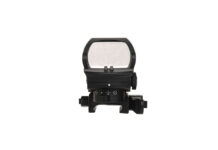
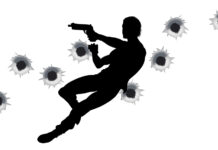

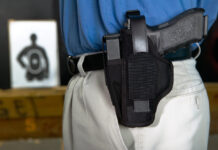
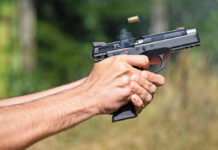
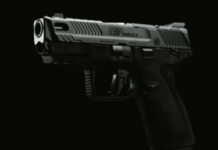
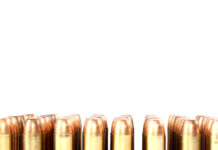

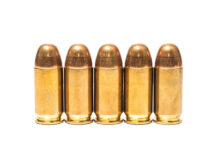












![Optic Ready vs Milled slides? [Video]](https://preparedgunowners.com/wp-content/uploads/2024/02/image-3-100x70.png)
![[Checklist] What Gear You Need To Take Pistol, Rifle & Shotgun Training Courses [Video]](https://preparedgunowners.com/wp-content/uploads/2023/07/Depositphotos_275087632_L-100x70.jpg)
![What is in Carter’s 2023 EDC? [Video]](https://preparedgunowners.com/wp-content/uploads/2023/07/Depositphotos_146856137_L-100x70.jpg)
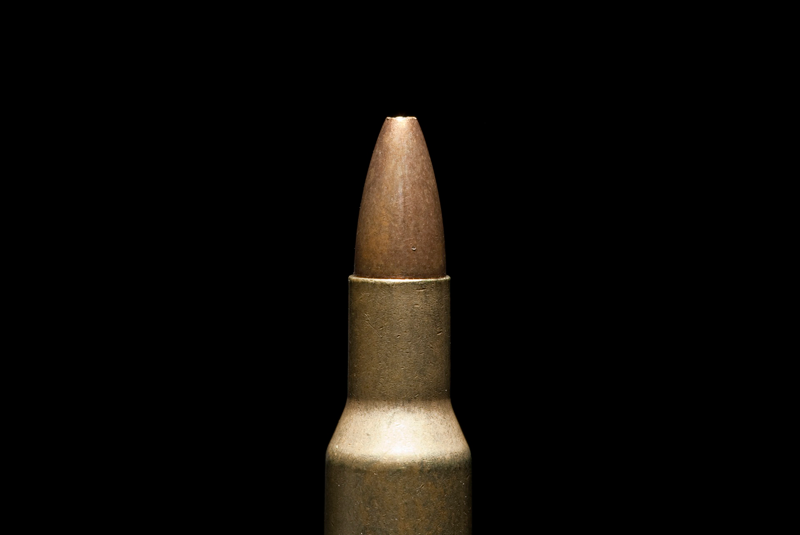
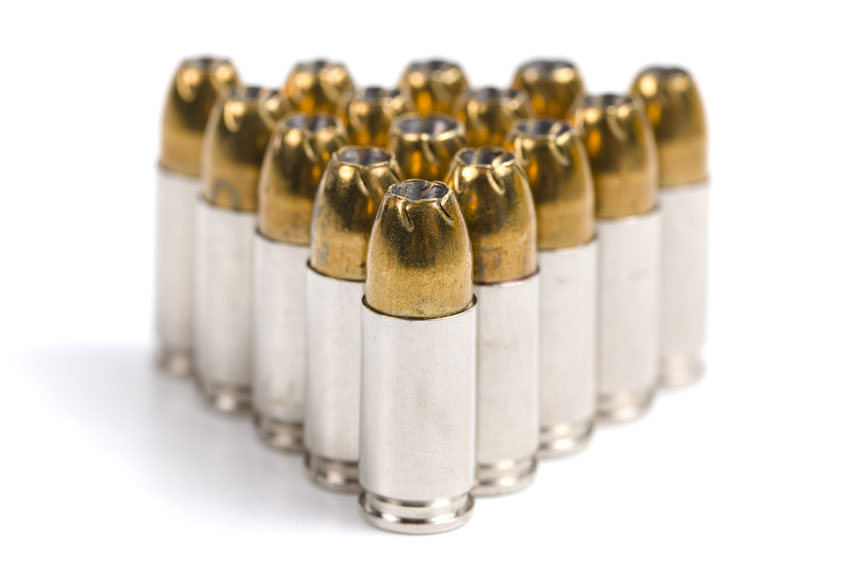
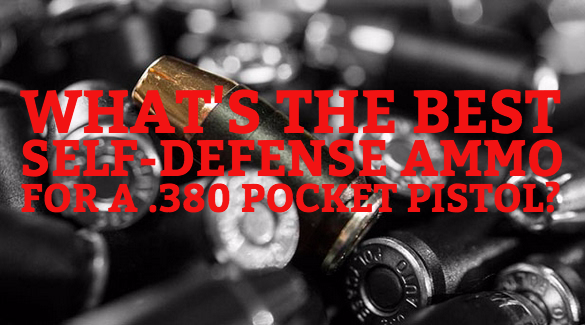
I’m reminded of the tale (from Tennessee IIRC) about a worker who was constantly being harassed and bullied by a co-worker. Finally enough was enough and he brought a pistol to work. Next ‘incident’ he showed it to the trouble maker (NOT brandished, just made aware of its existence). The bully scoffed since it was ‘just’ a .22, his comment was that itty bitty thing ain’t gonna hurt much to which the victim replied true enough but it ain’t gonna hurt much six times. For some reason the torment stopped.
Comments are closed.